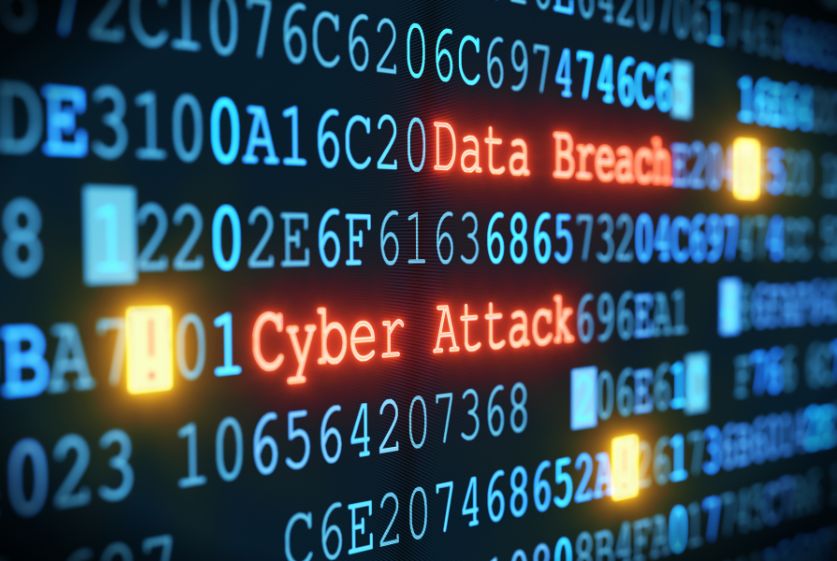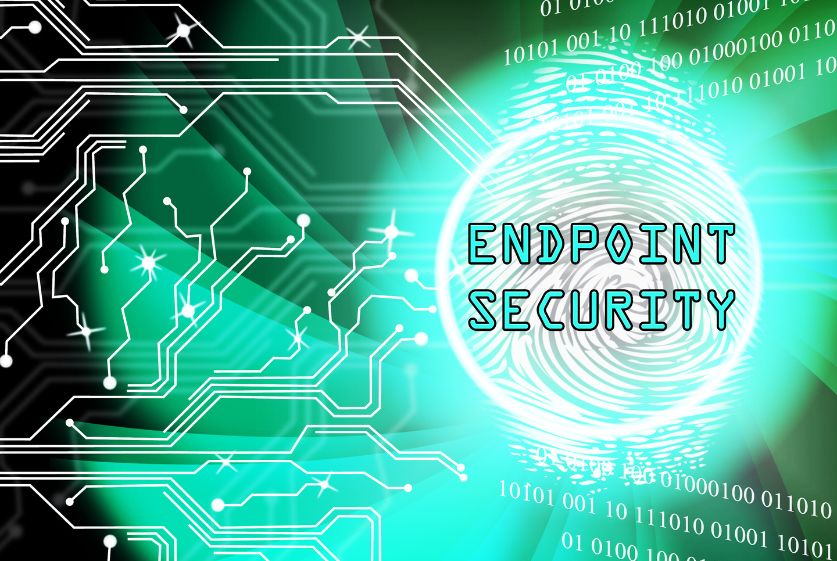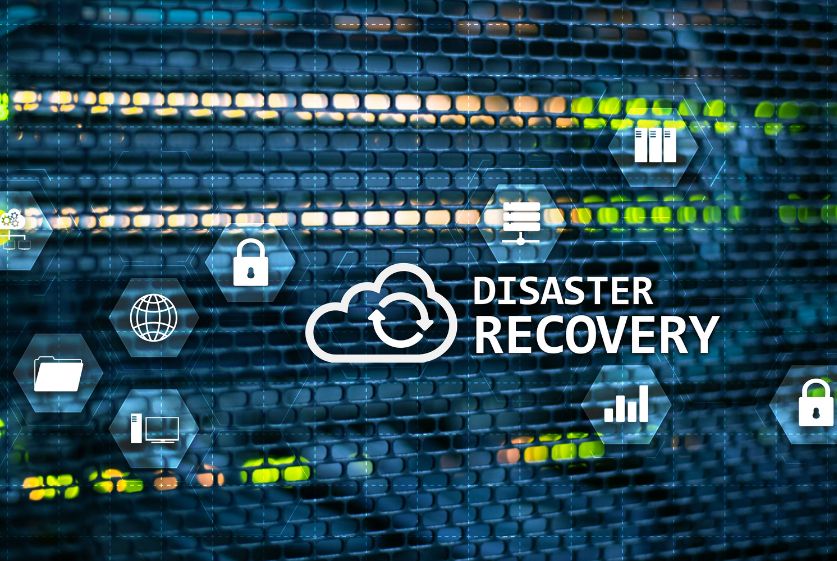What is an MSP?
An MSP Cyber Security, or managed service provider, is a company that manages IT infrastructure and services for other businesses, taking over responsibilities like help desk, monitoring, security, backups, and more. MSPs allow their clients to outsource critical IT needs so they can focus on running their business.
Table of Contents
Why MSPs are vulnerable to cyber attacks
As stewards of many clients’ networks and data, MSPs hold a tremendous amount of sensitive information that makes them prime targets for cyber attacks. Breaching an MSP could provide access to hundreds of companies through a single vulnerable point of entry. Attackers may also hope to deploy ransomware through an MSP to inflict maximum damage.

Common MSP cyber security threats
Some of the biggest cyber threats facing MSPs include:
- Phishing attacks seeking to steal login credentials
- Ransomware designed to encrypt data and systems
- Hacking tools that exploit unpatched vulnerabilities
- Malware or viruses downloaded from malicious links
- Insider threats from disgruntled employees
- Supply chain attacks impacting software/hardware vendors
Best practices for MSP cyber security
To protect against cyber threats, MSPs should implement defense-in-depth security similar to what they would provide their clients.
Endpoint protection
Installing advanced endpoint protection software on all devices is essential to block malware, detect suspicious activity, and facilitate rapid response if an attack occurs.

Firewalls
Enterprise-grade firewalls filter access to MSP networks and protect critical systems and data.
Access controls and authentication
Multi-factor authentication adds an extra layer of security by requiring secondary credentials when users log in. Strict access controls limit employee reach to only what is necessary.
Network segmentation
Splitting the network into discrete segments helps contain breaches and prevents lateral movement.
Encryption
Encrypting sensitive client data both at rest and in transit protects confidentiality.
Vulnerability management
Continuous scanning for software vulnerabilities allows for timely patching before flaws can be exploited.
Backup and disaster recovery
Backups ensure access to data can be restored after an attack, while disaster recovery plans facilitate continued operations.

Security awareness training
Ongoing cyber security training empowers employees to serve as human firewalls able to identify and report phishing attempts, suspicious links, potential insider threats, and more.
Written policies and procedures
Documented cyber security policies and incident response procedures create consistency in areas like access controls, BYOD, password policies, and what to do in the event of an attack.
Offering cyber security services to clients
MSPs are uniquely positioned not just to secure their environments but also to provide cybersecurity offerings that improve customers’ protections.

Assessments and audits
An in-depth analysis of clients’ networks, policies, and procedures determines vulnerabilities and benchmarks current security posture.
Awareness training
Delivering employee cyber security training elevates clients’ human firewalls by teaching skills to identify and report potential threats.
Support and incident response
Around-the-clock monitoring, alerting, and emergency incident response services provide expert help if a client suffers a cyber attack.
Tools and technology
Bundling endpoint protection, firewalls, encryption, vulnerability scanning, log analysis, and other solutions strengthens the security stack.
The future of MSP cyber security
As more businesses become dependent on MSPs for critical IT services, attackers will increasingly target these gatekeepers, attracted by their systemic access. MSPs that invest in robust cyber security defenses and practices will remain trusted guardians of sensitive systems and data. Though threats will continue evolving, strong preparation can enable MSPs to securely deliver the IT support small and mid-sized businesses rely on.
Conclusion
MSPs face growing information security challenges as stewards of many organizations’ networks and data. Implementing best practice defenses allows MSPs to lead by example with sophisticated protection. MSPs can also help clients improve their cyber security postures through added services focused on assessments, awareness, monitoring, response, and security tooling.
With attacks inevitable, vigilant MSPs committed to holistic security set themselves apart as partners that enable customers to focus on business objectives with confidence in a job well done.
FAQ
What are the most common cyber threats facing MSPs?
Some of the biggest cyber threats MSPs face include phishing, ransomware, hacking tools exploiting vulnerabilities, malware and viruses, insider threats from employees, supply chain attacks impacting vendors, and more.
Why is multi-factor authentication important for MSPs?
Multi-factor authentication adds an extra layer of protection by requiring secondary credentials when users log in, preventing attackers from accessing accounts even if they steal passwords.
What aspects of cyber security should MSPs offer clients?
MSPs can provide cyber security services to clients such as assessments, audits, awareness training, monitoring and alerting, incident response, and bundling tools like endpoint protection, firewalls, encryption, log analysis, and more.
How can MSP employees serve as human firewalls?
Ongoing security awareness training empowers MSP employees to identify and report suspicious activity like phishing attempts, unfamiliar links, potential insider threats, unauthorized access attempts, and more.
Why is having an incident response plan important for MSPs?
Documented incident response procedures create clarity around what to do in the event of an attack, facilitating rapid, effective containment and recovery coordinated across stakeholders.









